Beginner's Guide to Launching Your First Automated Website
Understanding Automated Websites
In today's digital age, having an online presence is crucial for businesses and individuals alike. An automated website is a powerful tool that can help streamline various processes, from content management to customer interactions. But what exactly is an automated website? In simple terms, it's a site that utilizes software to perform tasks automatically, reducing the need for manual intervention.
Whether you're looking to launch a blog, an e-commerce platform, or a portfolio site, automation can significantly enhance your site's efficiency and effectiveness. This beginner's guide will walk you through the essential steps to get started with your first automated website.

Choosing the Right Platform
The first step in launching your automated website is selecting the right platform. There are numerous platforms available, each with its own set of features and benefits. Some popular options include WordPress, Wix, and Shopify. When choosing a platform, consider factors like ease of use, customization options, and the types of automated features offered.
For instance, if you're launching an online store, Shopify might be the best choice due to its robust e-commerce capabilities. On the other hand, WordPress offers a wide range of plugins for automation and customization, making it suitable for blogs and informational sites.
Essential Features to Look For
When evaluating platforms, look for key features that align with your website's goals. Some essential features include:
- Content Management Systems (CMS): A user-friendly CMS allows you to easily update and manage your website's content.
- E-commerce Integration: If you're selling products or services, ensure the platform supports secure online transactions.
- SEO Tools: Built-in SEO tools can help improve your website's visibility on search engines.

Designing Your Website
Once you've chosen a platform, it's time to focus on design. The design of your website plays a crucial role in attracting and retaining visitors. Start by selecting a template that aligns with your brand's aesthetic. Most platforms offer a variety of templates that can be customized to suit your needs.
Pay attention to elements such as color schemes, typography, and navigation. A clean and intuitive design will enhance user experience and encourage visitors to explore your content further.
Incorporating Automation Tools
To fully leverage the power of automation, you'll need to integrate various tools and plugins into your website. For instance, consider using email marketing automation tools like Mailchimp to manage subscriber lists and send automated newsletters. Chatbots can also be implemented to provide instant customer support, enhancing user engagement.

Testing and Launching
Before launching your website, it's essential to conduct thorough testing to ensure everything runs smoothly. Check for broken links, test forms and interactive elements, and verify that all automated features are functioning as intended. User testing is also valuable; gather feedback from friends or a small group of users to identify any potential issues.
Once you're confident everything is in place, it's time to go live. Announce your website launch through social media channels and email marketing campaigns to attract visitors from the start.
Maintaining Your Automated Website
After launching your website, regular maintenance is necessary to ensure optimal performance. Keep your software and plugins updated to protect against security vulnerabilities. Monitor your site's analytics to understand user behavior and make data-driven improvements.
Remember that an automated website is not a one-time setup; it requires continuous attention and optimization. By staying proactive, you can ensure your website remains efficient and effective in achieving your online goals.
